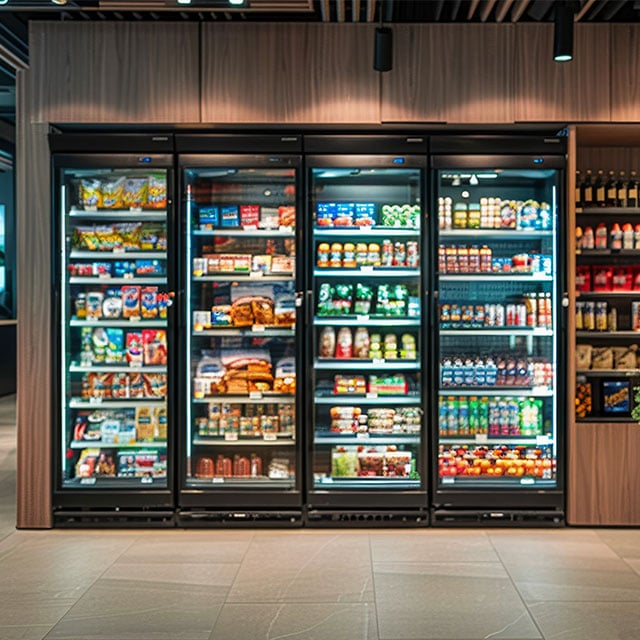The massive Pacific Rim region is home to the world’s largest economies and some of its biggest exporters and importers of oil and gas. Energy demand in Asia, production in North America and rapid technological developments have driven a phenomenal pace of change in the energy industry.
So what’s new and what’s next for energy in the Pacific Rim? This question was top of mind at this week’s 64th Pacific Rim Advisory Council (PRAC) international conference in Calgary, hosted by Bennett Jones. A panel of lawyers from around the Pacific looked at energy infrastructure project development in the region—the key takeaway being the virtually simultaneous swelling of demand in East and South Asia and the dramatic rise in production and supply in North America.
What’s New
Demand Growth in China and India
China is a story of continued demand for energy. Bloomberg NEF’s latest Global LNG Outlook forecasts a world of surging LNG demand to 2030, “driven by environmental measures in China, rising power generation in South and Southeast Asia, and a reduction in domestic gas production in Europe.” Earlier this year, the U.S. Energy Information Administration reported that China surpassed the United States as the world’s largest crude oil importer in 2017.
BP’s 2018 Energy Outlook projects that India will emerge as the largest growth market for global energy in 2040, supported by robust economic growth. India provides a different story in its energy mix—with coal continuing to be the main source of energy. Oil continues to have the second largest share of primary energy in 2040, followed by renewables with strong growth in solar. Gas consumption almost triples, with strong growth in industrial sector use.
Production Growth in Canada and the United States
Canada’s latest world-class resources are the emerging plays in East Duvernay and Upper Montney in Alberta and British Columbia. Together, these shale formations hold marketable resources estimated at 500 trillion cubic feet of natural gas, 20 billion barrels of natural gas liquids and 4.5 billion barrels of oil, according to Canada’s National Energy Board. East Duvernay and Upper Montney are prolific and could rival the most productive U.S. shale fields, including the Permian Basin.
The EIA announced on September 12, 2018, that the United States likely surpassed Russia and Saudi Arabia to become the world’s largest crude oil producer earlier this year. In February, U.S. crude oil production exceeded that of Saudi Arabia for the first time in more than two decades. The U.S. shale oil revolution continues to fundamentally reshape the global energy industry.
What’s Next
This supply-demand symmetry around the Pacific has driven ever greater levels of integration of Pacific Rim energy markets. The oil and gas trade between countries in the region is measured in the billions of dollars and this trend toward greater interconnectedness is anticipated to continue at a robust pace.
What is critical for this synergy to continue, however, is the development of the critical infrastructure necessary to facilitate the export and import of these commodities. As we know well in Canada, such substantial opportunities do not come without their challenges. But for Canada to remain a part of this extraordinary narrative, the infrastructure must be built to supply the demand—and secure our continued place in the enviable Pacific Rim energy market.













